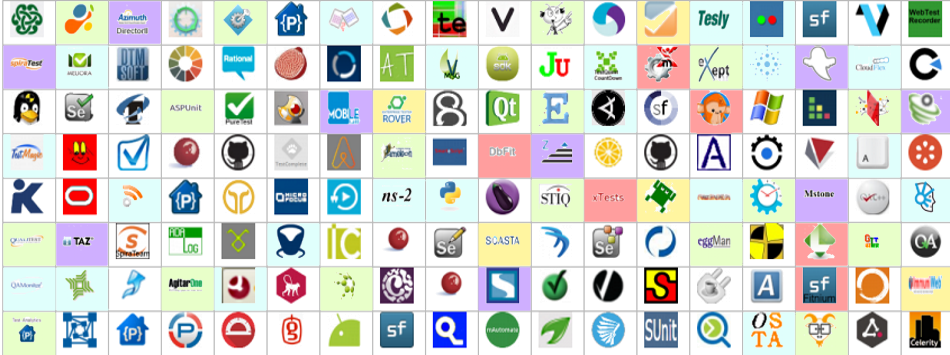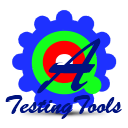Main menu



Tool Scope
Testing Methods
Testing Objectives
- API-testing
- Application-Life-Cycle-Tracking
- Application-Logic-Testing
- Back-End-Service
- Back-end-Stress
- Banking-Process-validation
- Big-Data-Testing
- Binary-Static-Analysis
- Binding-Unit-Testing
- Code-Analysis
- Code-Coverage-testing
- Code-Review
- Code-Tracability
- Coding-Standards-verfication
- Cross-Platform-Testing
- Cross-Browser-testing
- Data-Flow-Analysis
- Data-Interface-Testing
- Data-Migration-Testing
- Data-Warehouse-Testing
- DataBase-testing
- Database-Upgrade-Testing
- Desktop-testing
- EMail-Testing
- Embedded--Software
- ETL-Testing
- Http-Unit-Testing
- Image-Based-Testing
- Image-Comparison
- Interoperability-testing
- Java-testing
- Load-Capabilities
- Log-Tracking
- Memory-Analysis
- Memory-Leak-Detection
- Message-testing
- Metrics-Analysis
- Mobile-Testing
- Network-testing
- Object-Based-Testing
- OWASP-Top10-Testing
- Pair-Wise-Analysis
- Payload-Validation
- Penetration-testing
- Performance-Analysis
- Plugin-testing
- Protocol-Testing
- Runtime-Error-Detection
- SANS-CWE-Top25
- SAP-Testing
- Security-Testing
- SEO
- Server-testing
- SOA-testing
- Static-Code-Analysis
- Stress-Testing
- Test-Cases-Statistics
- Test-Design
- Test-Embedded-systems
- UI-testing
- Uptime-Testing
- WCF-services
- Web-Monitoring
- Web-Services
- Web-testing
- Website-Speed-Testing
Discussions
- Can anyone please suggest some Database comparison tools & database testing tools (Open source)?
- Essential Skills for Landing a Test Automation Job in 2018
- A Successful Experiment on Citrus Framework
- Automation testing tutorial - http://artoftesting.com/
- Is Test Automation A Smart Move For Your Startup?
- The Leading Test Automation Methods Are Revealed!
- 2018 Here We Come
- TDD, Is it IN-USE...
- Farewell Selenium IDE – It’s Been Great!
- The Art of Persuasion: Pitching Automation To Your Boss
- The Importance of Database Unit Test Automation
- Inside Selenium WebDriver
- 7 Open-Source Test Automation Frameworks
- How to test your tests
- JavaScript Automation Tools
- Agile Methods vs. Test Management
- Dynamically Add Library to QTP Test
- Free automation testing tools for Web applications
- Which is the best automation tool for a desktop application in .NET?
- Accessibility Testing and associated tools
Last Updated Tools
| Name | Updated |
|---|---|
| LT Browser | 2020-06-09 |
| LambdaTest | 2018-04-14 |
| Chelsea Frischknecht | 2018-02-12 |
| Chelsea Frischknecht | 2018-02-12 |
| The Grinder | 2018-02-03 |
| ClicAutomate | 2018-01-24 |
| Robot Framework | 2018-01-18 |
| Testsigma | 2018-01-17 |
| Panaya Test Center | 2018-01-01 |
| Capybara | 2017-11-12 |
Articles
- 1 of 11
- next ›
Testing Mojo
Theme by Danetsoft and Danang Probo Sayekti


Recent comments